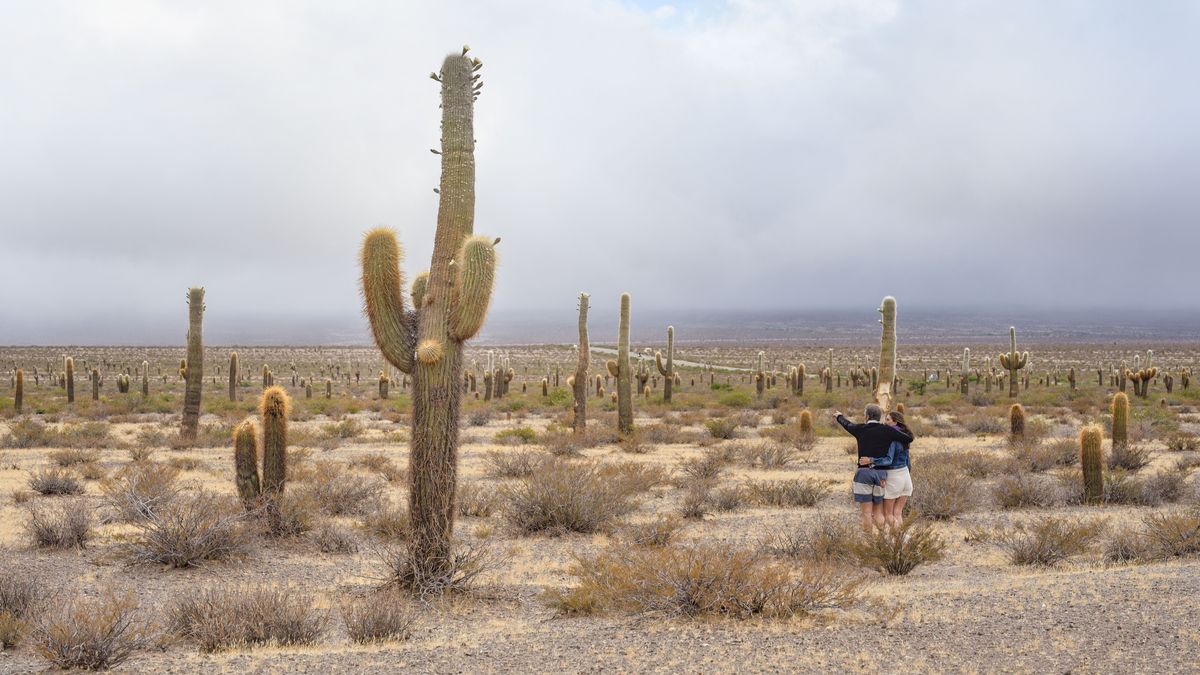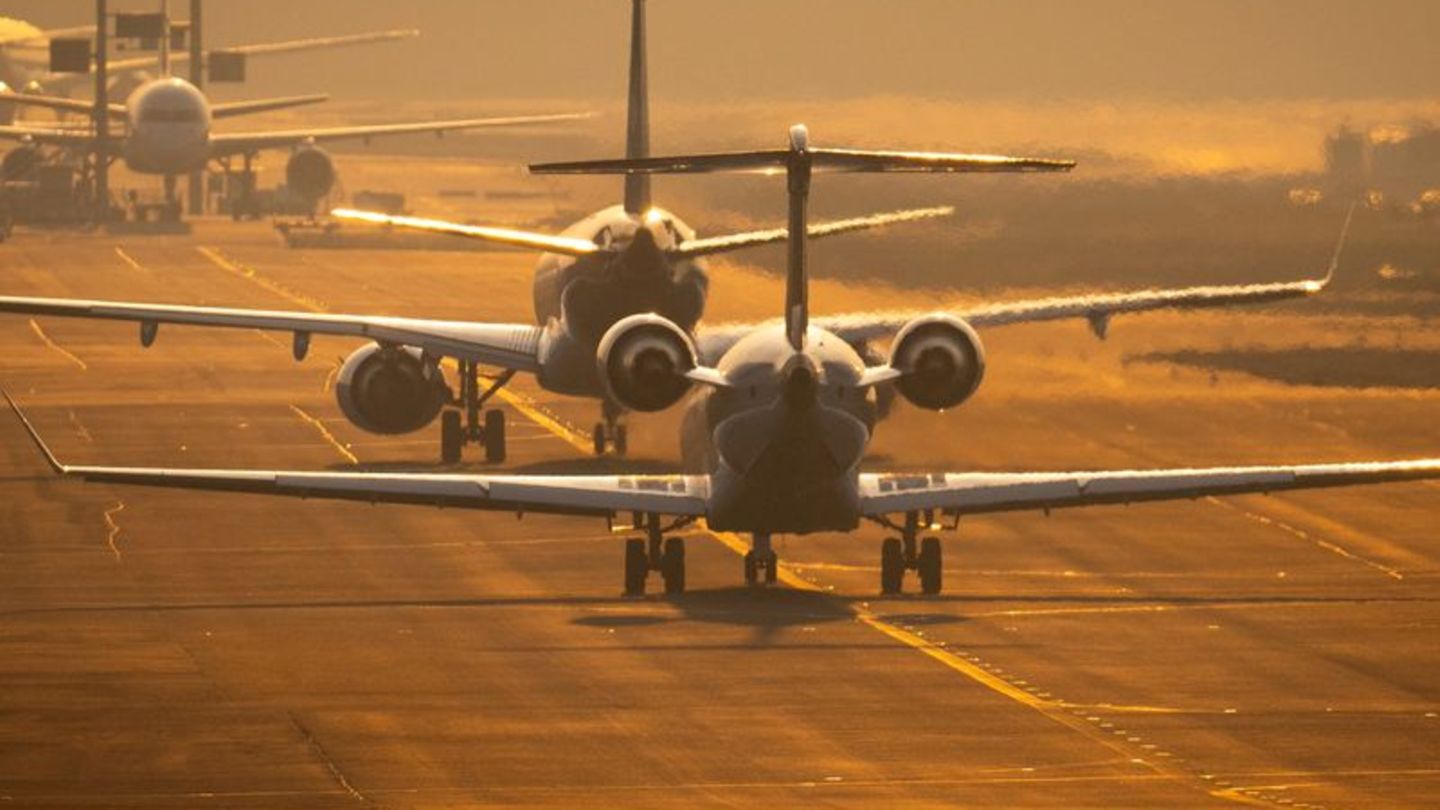What are the Nature Routes and where are they located?
1 Patagonian Sea
This Route is in a region that covers almost 1500 kilometers between the coasts of Rio Negro, Chubut and Santa Cruz. between the sites featured there are Las Grutas, Puerto Madryn, Valdez Peninsula, Comodoro Rivadavia, Puerto Deseado and Isla Pingüino, and Puerto San Julián among others.
2 Andean Patagonia.
It includes the Andean region of Neuquén, Río Negro and Chubut. It is one of the Routes that brings together the largest number of National and Provincial Parks. Among the must-sees is: Lanin National Park, Arrayanes, Nahuel Huapi, Lago Puelo and Los Alerces. The Route of the 7 lakes such as Pehuenia and Aluminé are two outstanding and characteristic points of this Natural Route.
3 Southern Patagonia
This route covers the west of the province of Santa Cruz, at the foot of the Andes Mountains. Here we find the glaciers, lakes, mountains, forests and the immense steppe that are the soul of Southern Patagonia. Some of the attractions of this route are well known, such as the Perito Moreno Glacier, El Chaltén and Mount Fitz Roy. Other attractions such as the Perito Moreno and Patagonia National Parks and the Cueva de las Manos, which surprise with solitary landscapes and unforgettable experiences.
4 End of the World
This Route includes the Big Island of Tierra del Fuego, which is located in the extreme south of America separated from the Continent by the Strait of Magellan, at a distance of a thousand kilometers from Antarctica. The capital is Ushuaia, along with Río Grande and Tolhuin, they are excellent starting points to discover the must-sees. Here nature brought together sea, mountains, lakes, glaciers, forests and steppe are the heart of this route. Among the must-sees are the Tierra del Fuego National Park, the Tierra Mayor Valley, the Heart of the Island, the Beagle Channel among the highlights.
5 Steppe
This route is the one that covers the central part of Patagonia, from the south of La Pampa to Santa Cruz, between the sea and the Andes, it may be one of the routes that have not yet been much explored, with great potential for development. Among the must-sees are Laguna Blanca National Park, Somuncurá Plateau, Lihuel Calel National Park, Jaramillo Petrified Forest National Park, among others.
6 Puna
On this route most of the destinations are inhospitable and far from the cities; Excursions usually leave from Salta, San Salvador de Jujuy or San Fernando del Valle de Catamarca. Among the must-sees are Salinas Grandes, Tren a las Nubes, Antofagasta de la Sierra, Cusi Cusi and Laguna de los Pozuelos.
7 Valleys, Gorges and Yungas
This route is located in the provinces of Tucumán, Salta, Jujuy, Catamarca and La Rioja, Cradle of ancestral traditions and land of the Pachamama, this route allows you to join the Quebrada de Humahuaca or the Calchaquíes Valleys with the exuberant Yungas jungle in a few hours. , cross scenic routes, sleep in historic towns, enjoy wines and gastronomy, and tour some of the most impressive landscapes in Argentina. Among the must-sees are Calilegua National Park, Quebrada de Humahuaca, Los Cardones National Park, El Rey National Park, Sacred City of Quilmes and Baritú National Park.
8 Mission Jungle
This route connects the Iguazú Falls with the jungle environment, which makes it possible to discover the flora and fauna of the place; walk the red land. Alongside rivers and waterfalls, discovering towns and communities where surprising languages and traditions merge. The must-sees go from the Iguazú Falls, passing through Yabotí and Moconá, visiting the Salto Encantado, and on the way to Posadas, the Jesuit Missions of the Guarani among other highlights.
9 Iberia
The Iberá Wetlands are a natural paradise with a generous fauna that allows observing it and one of the most outstanding destinations in ecotourism. Typical activities such as kayaking, wild animal warning, horseback riding among palm groves and enjoying unique sunsets.
The must-sees Mburucuyá National Park, Iberá Laguna, Iberá Portal San Nicolás, Iberá Portal San Antonio.
10 Great Chaco
The Gran Chaco Route invites you to live unique experiences in the subtropical nature of the Chaco region. Its forests, wetlands, rivers and palm groves are an unmissable destination with wild places, its wildlife and the possibility of bird watching, together with the possibility of meeting unique communities and traditions linked to the mountain. Among the must-sees is the Pilcomayo River National Park, Formosa Nature Reserve. Chaco National Park, Impenetrable National Park among others.
11 Plains and Atlantic Coast
Between beaches and cliffs, lagoons and pastures, calden forests, mountains and urban reserves are part of the attractions of this route, which makes visible the natural attractions of the Pampas plains, the mountains and the Atlantic coast of Buenos Aires. The activities that you propose are varied, such as the possibility of hiking, bird watching, abseiling, climbing, wildlife observation within the range of possibilities that it proposes. The must-sees are the Sierras de la Ventana, Sierras de Tandil, Costa del Rio de la Plata, Costanera Sur, Parque Luro, Faro Querandí and Punta Rasa, among others.
12 High Andes
This route is in the heart of the Andes Mountain Range, ideal to discover the strength of the high mountains, it is synonymous with adventure. From Aconcagua to Los Seismiles and from Laguna Brava to little-known national parks, this route attracts climbers and lovers of high-altitude trekking, but also offers experiences for all types of travelers, including hiking, horseback riding, photographic safaris and winter sports. Among those recommended on this route are the Laguna Brava Provincial Reserve, Aconcagua Provincial Park, El Leoncito National Park, Valle de las Leñas, Ruta de Seismiles, among others.
13 Deserts and Volcanoes
This Route is located to the West of the Territory and covers the provinces of Catamarca, La Rioja, Mendoza, La Pampa, Neuquen and San Juan. Red, orange and white deserts; volcanic fields, rushing rivers through imposing canyons and impressive dunes are the great attractions of this region, which includes national and provincial parks, archaeological and paleontological sites and part of the emblematic Route 40. Among the must-sees are the Talampaya National Park, Cuesta de Miranda, Payunia pampeana, Atuael Canyon, Ischigualasto, and Payunia among others.
14 Coastal and Large Rivers
This Route covers a large region from Formosa to Entre Ríos; It is characterized by its beaches, rivers, streams and palm groves. The natural scenery allows the practice of water sports, horseback riding, hiking, kayaking, bird watching and enjoying beaches on the banks of its rivers. The recommended ones on this route are the El Palmar National Park, the Paraná River, the Uruguay River, and the Chaco Wetlands, among others.
15 White Continent
This route begins in Tierra del Fuego and invites you to travel to Antarctica in an incredible expedition by boarding some of the cruises that depart from Ushuaia with different routes; scientific expeditions, wildlife sighting tourism and the possibility of doing activities such as hiking or kayaking in the southern seas. The must-sees on this route are the Drake Passage, the South Shetland Islands and the Antarctic Peninsula.
16 Central Saws
This Route is located in the center of Argentina, destination Córdoba and San Luis, with a landscape in which there are streams, mountains, lagoons with fauna, desert landscapes and charming towns. The geography of the place enables activities such as rappelling, horseback riding, wildlife watching, hiking, astrotourism and climbing. Some of the must-sees on this route are known as Cerro Champaqui, Quebrada del Condorito National Park, Laguna de Mar Chiquita, Punilla Valley, Traslasierra Valley. Merlo, Potrero de los Funes, and Sierra de las Quijadas National Park, among others.
17 Delta
This route is the one that covers from the north of the province of Buenos Aires (San Pedro, Zarate, Campana), Rosario and other neighboring towns. It is ideal for its close connection with nature, taking advantage of the Paraná River and its islands; It is the one that owns the Ciervo de los Pantanos National Park, the closest to the Autonomous City of Buenos Aires. The Paraná River Delta is a unique ecosystem in which it is possible to develop nautical activities and tours of nature reserves. The must-sees on this route are the Ciervo de los Pantanos National Park, Isla Martin Garcias and Delta de Buenos Aires, among others.
Source: Ambito
David William is a talented author who has made a name for himself in the world of writing. He is a professional author who writes on a wide range of topics, from general interest to opinion news. David is currently working as a writer at 24 hours worlds where he brings his unique perspective and in-depth research to his articles, making them both informative and engaging.




